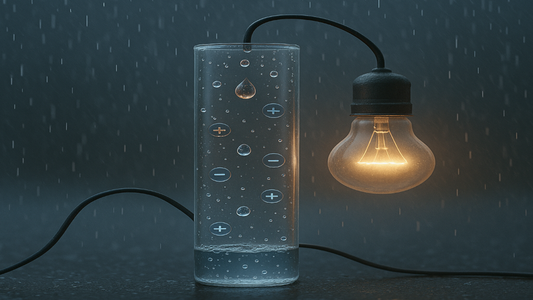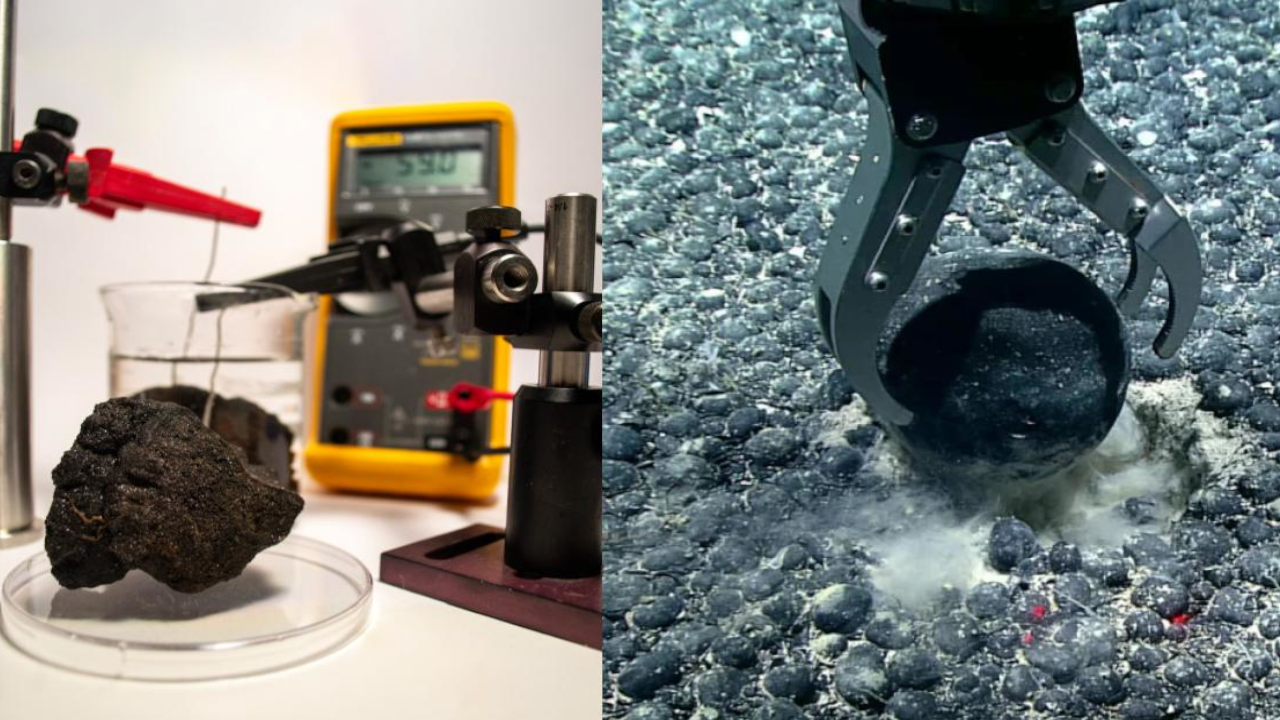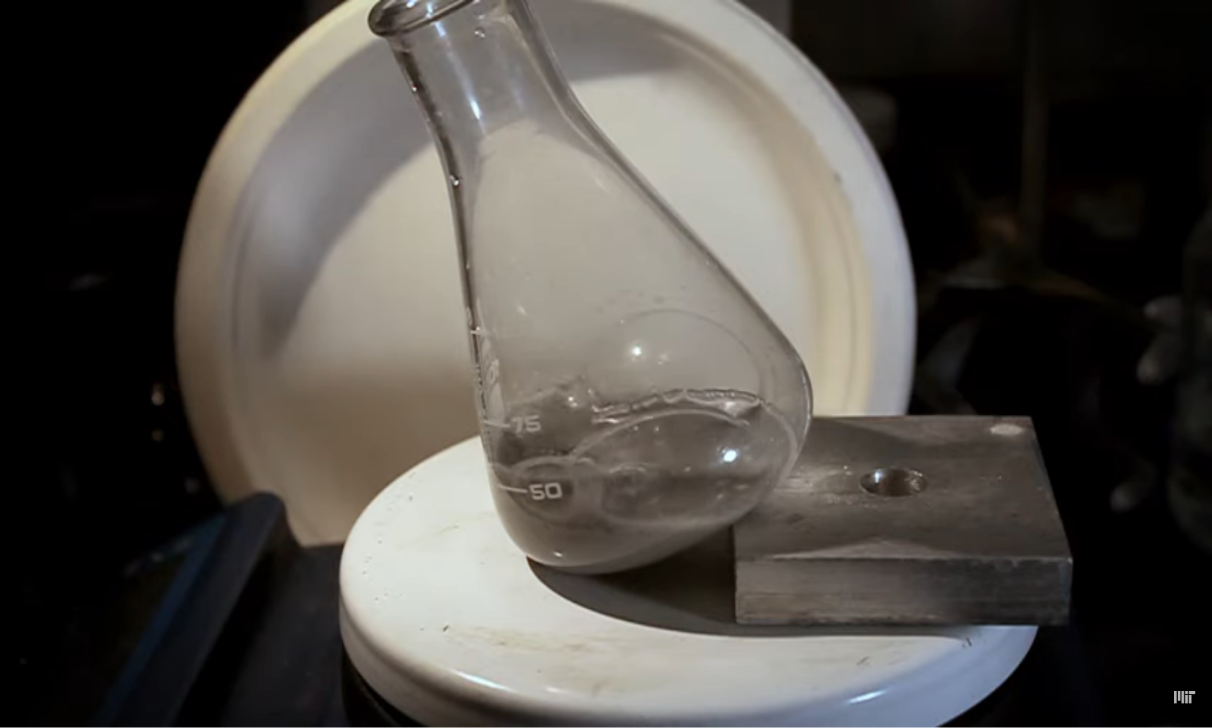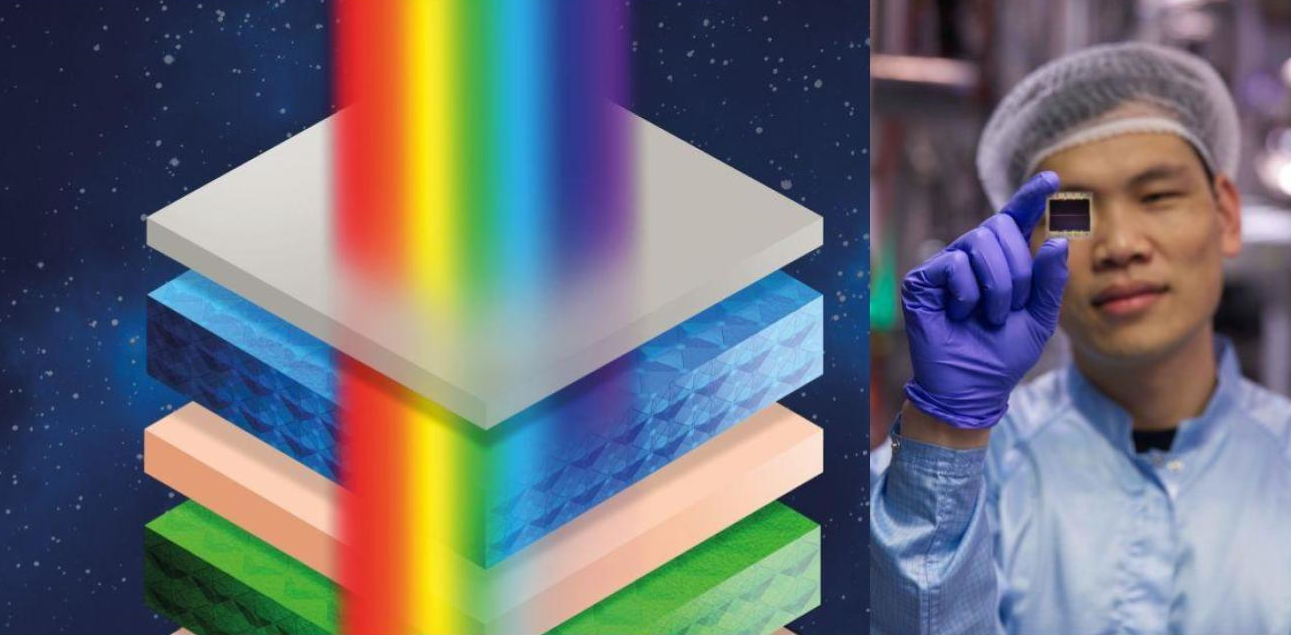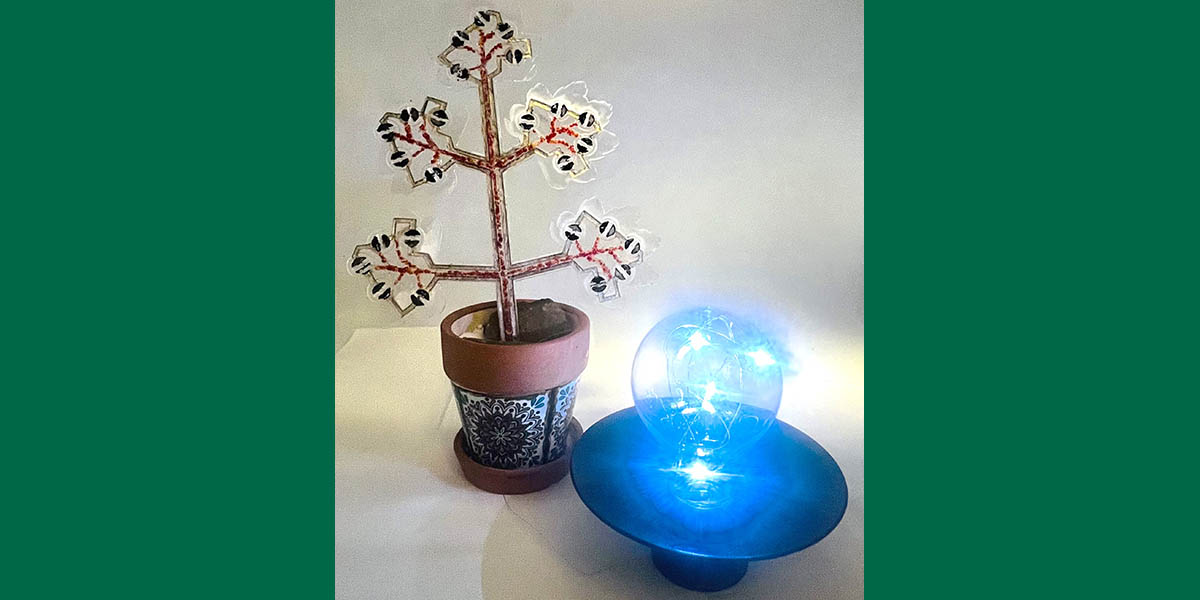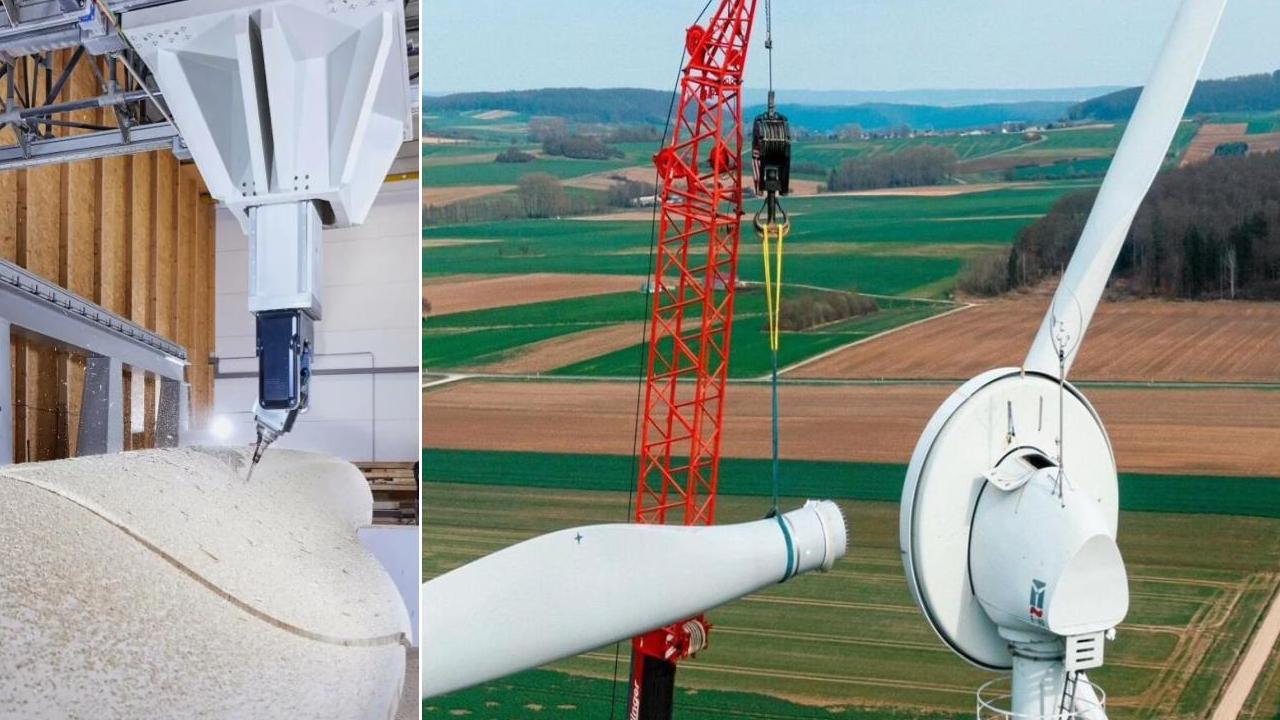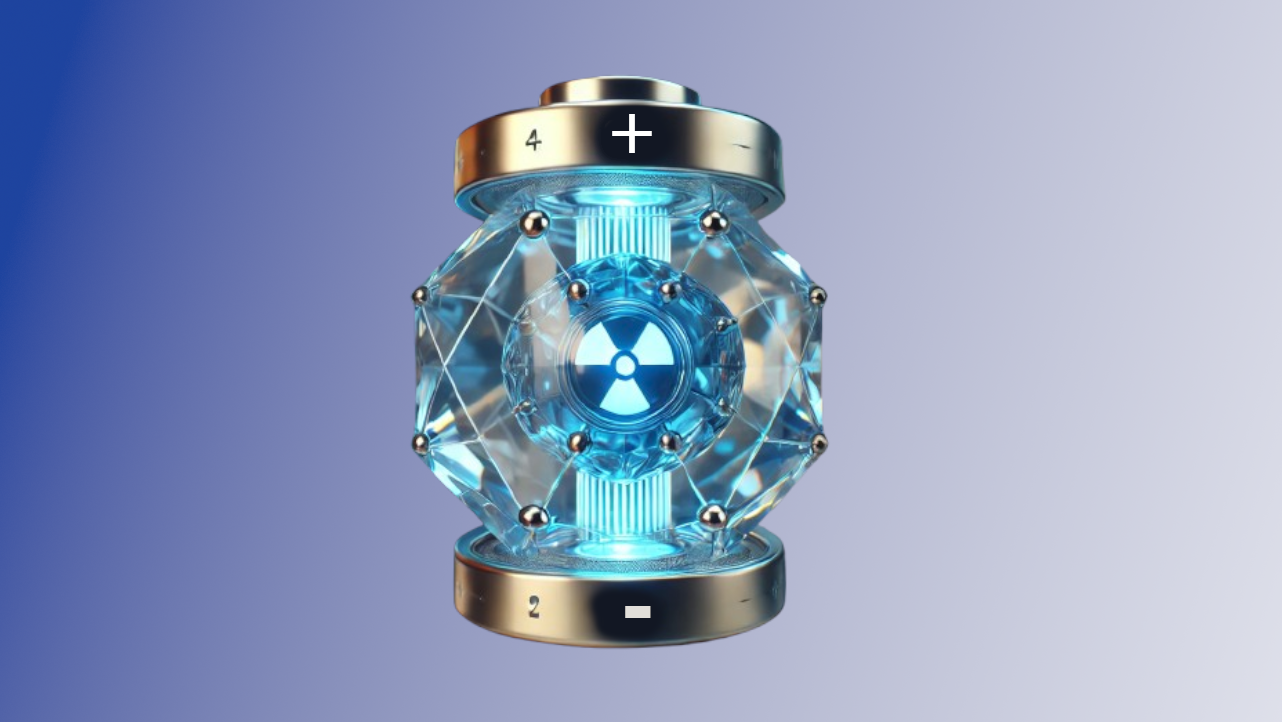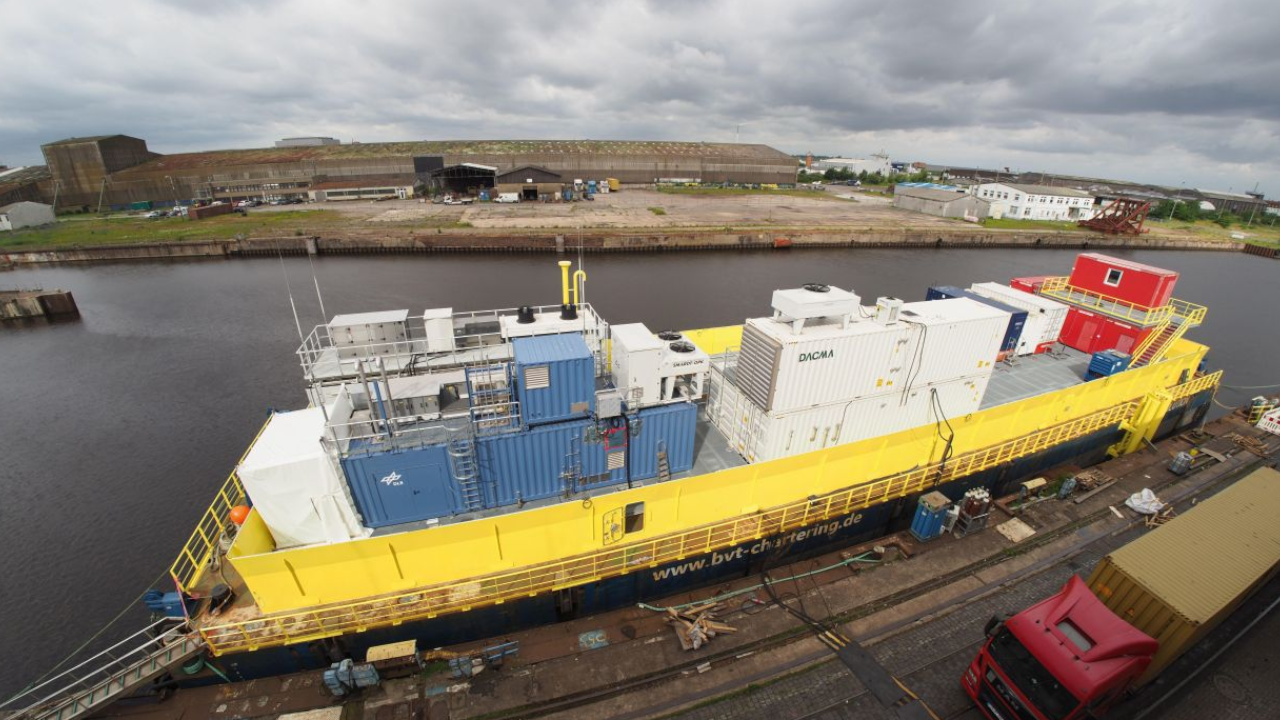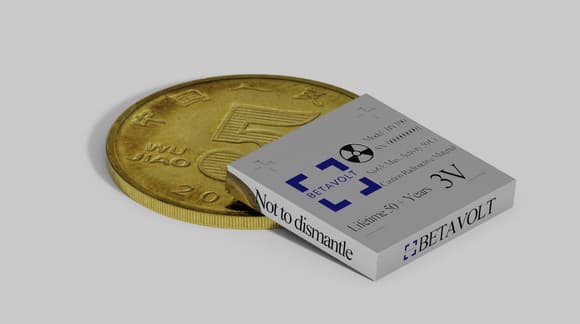It’s not just the sun, wind, and flowing water; rain could also become a new source of clean electricity. While falling raindrops might not have the capacity to spin a turbine, they can naturally generate electric charges when they touch a solid surface — similar to how a balloon creates static electricity when rubbed against your hair. But is this energy useful and worth harnessing? That’s the intriguing question researchers from the National University of Singapore explored in a recent study.
When water contacts a solid surface, its molecules (H⁺ and OH⁻) interact with it, causing a slight separation of charges. This results in a very thin layer of positive and negative charges at the interface. Such layers are present in larger water pipes but are usually imperceptible and ineffective for generating electricity.
The researchers discovered an innovative way to dramatically enhance the charge separation. This method ensures that instead of just forming a thin charge layer along the pipe walls, distinct regions of positive and negative charges emerge. They named this technique “plug flow.”
The approach involves using a small tube with a diameter of 1 millimeter and intermittently pumping water through it — alternating between water slugs (plugs) and air gaps. Unlike continuous water flow, this method creates charged zones within each water plug. It’s as if one end of the plug gains a positive charge while the other end becomes negatively charged.
Essentially, each moving water plug within the tube acts as a tiny moving battery. By placing electrodes at different points along the tube, the separated charges in the water push electrons through the metal, generating an electric current.
This current can then power devices, and the researchers have demonstrated the ability to light up 12 LED bulbs using this method.
This innovative approach could be a practical way to harness clean energy from natural sources like rainwater or rivers, without requiring massive dams or turbines. This research paves the way for utilizing renewable energy sources in creative and resource-efficient ways.
